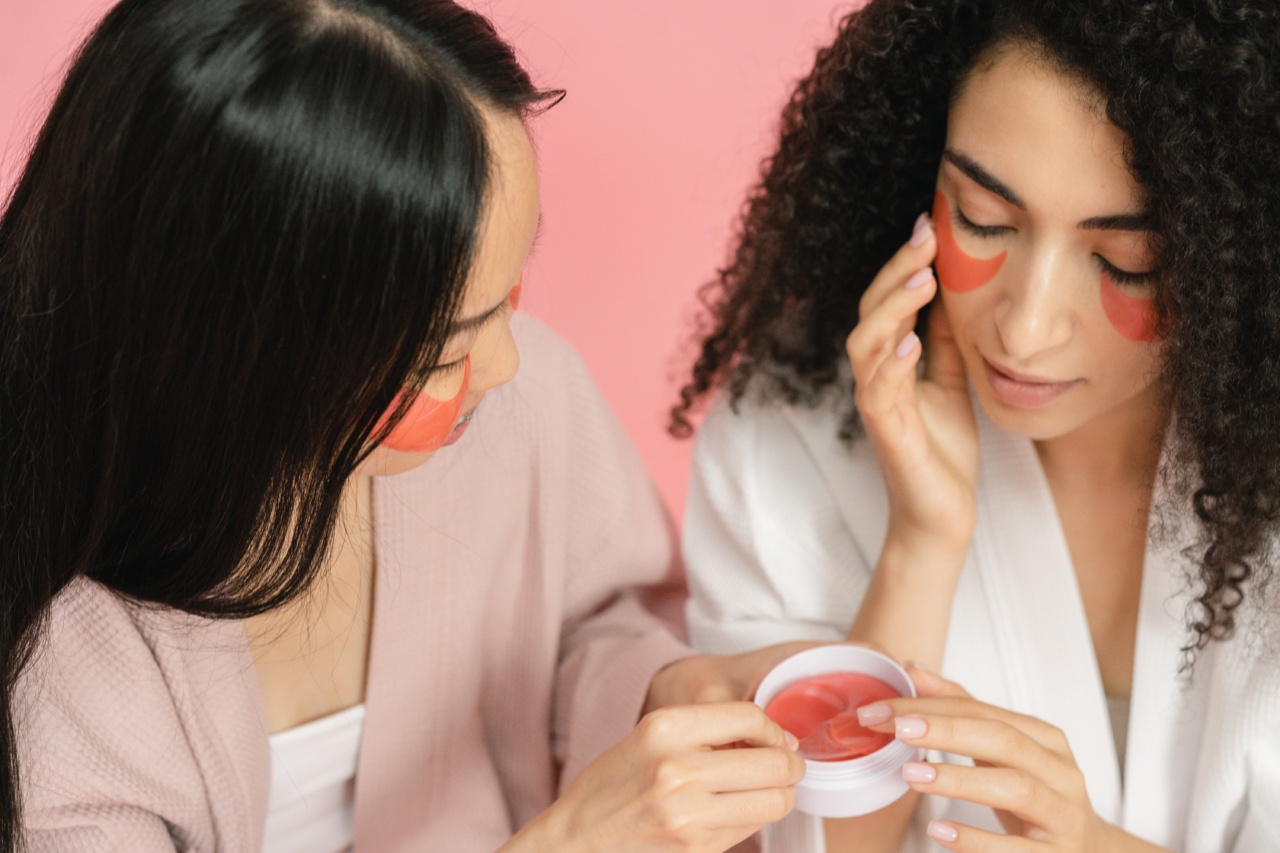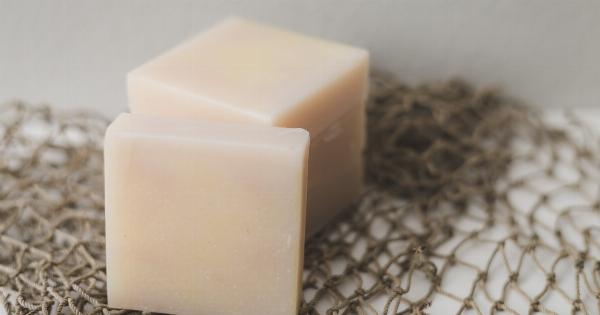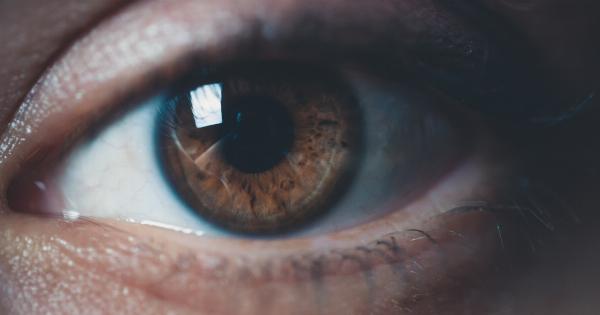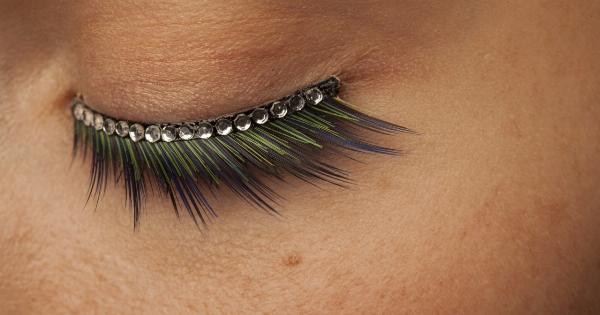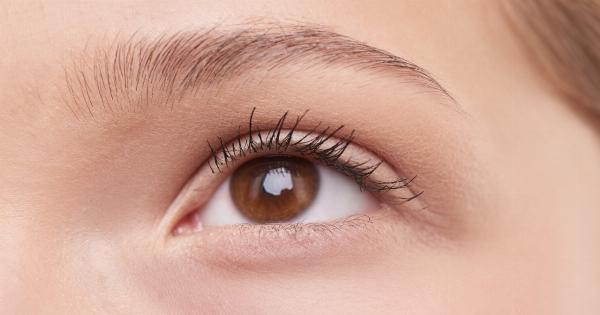Eye makeup is an essential component of your beauty regimen. It has the power to enhance your look, making your eyes look brighter, bigger, and more defined. When it comes to eye makeup, the eye pencil is a classic cosmetic that never goes out of style.
However, putting on eye pencil can be a difficult task, especially if you’re prone to eye irritation. The good news is, there are several steps you can take to prevent eye irritation while applying eye pencil.
1. Choose the Right Eye Pencil
The first step to avoiding eye irritation while applying eye pencil is to choose the right one. Some eye pencils contain harsh ingredients that can irritate your eyes. Look for eye pencils that are labeled as hypoallergenic or sensitive skin-friendly.
These products are formulated to be gentle on your eyes, reducing the risk of irritation.
2. Clean Your Hands and Tools
Before applying eye pencil, make sure to clean your hands and tools. This prevents the transfer of bacteria and other germs from your skin to your eyes. Use a mild soap and warm water to wash your hands.
Clean your eyeliner pencil sharpener, or better yet, use a disposable one. Also, give your brushes a good clean and store them in a clean and dry case.
3. Prep Your Skin
Prepping your skin is essential to avoiding eye irritation when applying eye pencil. Start by cleansing your face and eye area properly. Using a gentle cleanser, remove all traces of makeup, dirt, and oil from the skin around your eyes.
After cleansing, pat your face dry and apply a lightweight moisturizer.
4. Use Eye Drops
If you have dry eyes or are prone to eye irritation, consider using eye drops before applying your eye pencil. Eye drops can help reduce redness, dryness, and other symptoms of eye irritation.
Just make sure to use eye drops that are safe for use with contact lenses if you wear them.
5. Avoid Applying Eye Pencil to Your Waterline
The waterline, which is the inner rim of your lower eyelid, is a sensitive area that’s prone to eye irritation. Avoid applying eye pencil directly to this area, as it can cause irritation and discomfort.
Instead, focus on the lash line and outer corner of your eye.
6. Don’t Tug or Pull Your Skin
When applying eye pencil, be gentle with your skin. Tugging or pulling on your skin can cause irritation and even lead to wrinkles over time. Instead, gently glide the pencil along your lash line, starting from the inner corner and moving outward.
You can also use a small, angled brush to smudge the line for a softer look.
7. Remove Eye Makeup Properly
One of the main causes of eye irritation is leaving eye makeup on for too long. Always remove your eye pencil and other eye makeup before going to bed.
Use a gentle eye makeup remover or micellar water to break down the product and wipe it away with a soft cloth or cotton pad.
8. Give Your Eyes a Break
Wearing eye makeup day after day can take a toll on the delicate skin around your eyes. Give your eyes a break from eye makeup every once in a while. Skip the pencil for a day or two every week or use a lighter shade and avoid using the product too much.
9. Consult a Professional
If you’re still experiencing eye irritation after following these steps, consider consulting a professional. An ophthalmologist or dermatologist can help identify the cause of your eye irritation and recommend a treatment plan.
10. Check for Allergies
If you’re still experiencing eye irritation, consider getting an allergy test to determine if you’re allergic to any of the ingredients in your eye pencil. Allergic reactions can cause redness, itching, and swelling around your eyes.
Avoid using eye pencils that contain ingredients that trigger an allergic response or switch to hypoallergenic or natural alternatives.
